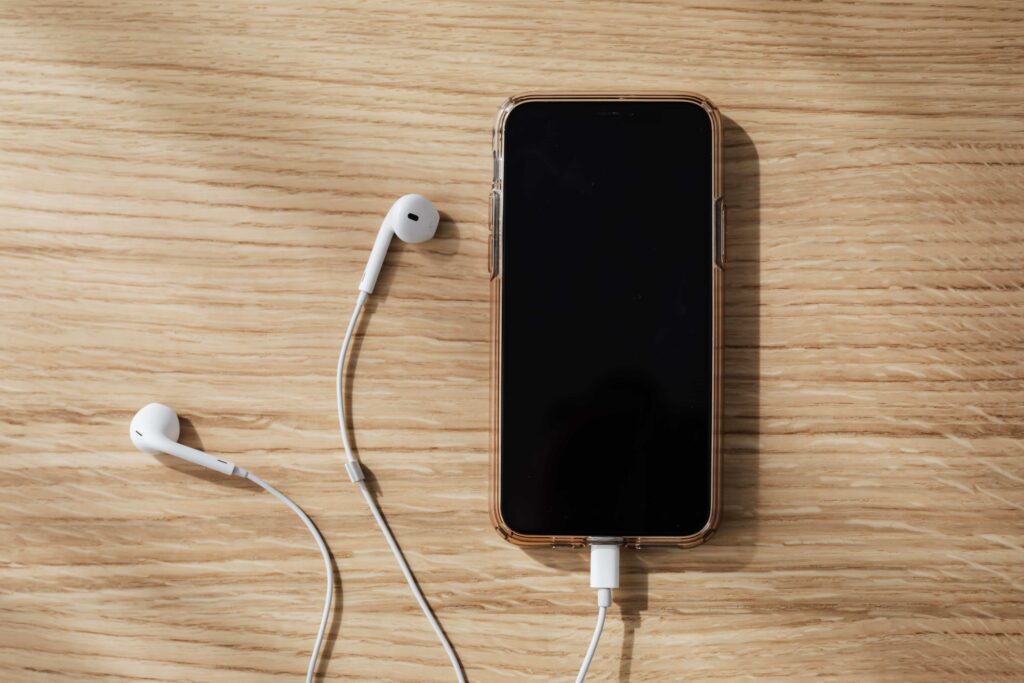|
Getting your Trinity Audio player ready...
|

In the current digital world, audio advertising has become a potent and effective medium for connecting with the public. Through audio advertisements, brands can benefit from a unique device known as audience buying. It is a game changer that allows marketers to focus on the right audience to promote their brands.
According to a new study of Insider Intelligence, Digital audio consumption is a major part of the US. As of 2022, 74.5 percent of US internet users, equivalent to 222.7 million people, consumed digital audio, with more than 50% having smartphones as their primary audio device. Experts in the field forecast that by 2026 the number will be staggering 193.3 million users, which is 55.8 percent of the populace, will be listening to music via smartphones every month. The age of audio is gaining momentum.
Advertisers are at the leading edge of an incredible opportunity to build personal and intimate relationships with customers in this age of streaming services for music and a vibrant digital audio industry. So let’s examine the significance of the audience buying experience in audio advertisements, how it could transform the way brands communicate to their intended audience, and why it’s an exciting opportunity for marketers.
What do people buy from the audience?
Audience buying is leveraging consumers’ data to buy precise segmented audiences to target marketing. The days of marketing professionals casting a broad net and trying to find the most successful, and with the help of audience buying, you can directly engage with certain audiences based upon nuanced aspects like the behaviour of customers and preferences as well as demographics with unmatched accuracy. You’ll have a tuned guide to those most likely to be attracted to your company.
Using data from various sources, advertisers can design extremely targeted and customised campaigns that resonate with the listeners. Knowing the preferences behaviors, interests, and preferences provides the foundation for successful strategies for buying from the audience. By leveraging audience buying, brands can utilise a variety of audio formats and platforms such as podcasts, music streaming radio, and voice-activated devices to engage with their target audience effectively. This allows marketers to test, adapt, modify, and improve their campaign strategies following customers’ preferences and behaviour.
It’s also important to be aware that buying an audience is a dynamic field that requires constant adaptation. The behavior of consumers shifts, and preferences shift. Marketers must be flexible, always developing strategies for buying from audiences in real time based on insights and feedback to stay ahead. Technology for buying by audience could offer exactly that to marketers.
Relevance, scalability and reach
Through demographic, behavioral and interest-based data, advertisers can target their ads to certain segments of the population with a high probability of attracting attention to their products or services, resulting in greater effectiveness and engagement.
All it boils down to is advertisers interacting with the right people and providing relevant messages that resonate deeply with their intended audience, increasing the campaign’s efficiency and engagement. When you take advantage of the opportunity to attract an audience’s attention, you could eventually influence purchase decision-making.
The ability to reach a wider audience across different audio platforms, podcasts or radio stations lets advertisers tap into an increased pool of potential listeners and increase the visibility of their brands. Statista informs that the digital audio advertising audience market is predicted to grow to 1.52 billion in 2027. Advertisers can scale the reach of their ads by targeting various segments and looking into new markets, taking advantage of the flexibility and broad coverage of ad buying based on the audience.
Ad efficiency boosts ROI
Another benefit of buying an audience is that it can help advertisers simplify their advertising campaigns. Through focusing on certain segments of their audience that they can focus their efforts on podcasts, platforms, or even time slots that are a hit with their targeted audience, helping to maximize the reach and impact and better outcomes from the advertising campaign. While advertisers struggle to overcome the current economic downturn focusing their ads on the audience segments that are most likely to convert decreases the amount of wasted advertising and improves the return on the investment (ROI). Reducing exposure to people who may not be interested in your item or product is important. This will ensure that advertising spend is used more efficiently and efficiently.
The audience data can determine a campaign’s success or failure. If a campaign is not connected to accurate data can be risky. In addition, as the latest privacy regulations and settings make traditional identifiers ineffective, finding and reaching the correct audience is an essential Holy Grail of campaign trafficking efforts. Innovation is never an entire day off. There are resources, processes, and tools that are ready for the demands of today.
With advances in technology, such as prescriptive audiences, companies can create ideal audiences that are available for targeted campaigns, and they are also easily reachable through context-sensitive, privacy-friendly signals. Predictive audiences utilize predictive modeling and data analytics methods to pinpoint and target segments of people likely to exhibit certain behaviors or traits soon. This approach aims to improve marketing and communication by focusing on audiences with a greater chance of engagement or conversion.
Predictive audiences are developed by analyzing historical data and applying algorithms that use machine learning to find predictive patterns, correlations, and indicators. Various data types could be utilized, like television viewership and games, commercial signaling patterns, and life stages. By utilizing this information, marketers can gain insight into consumers’ preferences, interests, and habits, allowing them to predict their future behavior better.
Improved measurement and analytics
Audience buying within audio advertising allows advertisers to measure their effectiveness of analytics and measurement capabilities. They can track important performance indicators (KPIs) like impressions, click-through rate, conversions, and return on investment. These data help advertisers assess the performance of their advertising campaigns. They also adjust strategies for targeting and make informed decisions for the future placement of ads.
This approach based on data eliminates any doubts and gives an accurate comprehension of the campaign’s effectiveness. It allows companies to make educated decisions instead of relying on assumptions. When you have an audience that buys audio ads, brands enjoy an advantage in having precise measurements and visibility, which allows them to increase the quality of their digital ads and impact the audience they are targeting.
The playback
Audience buying has transformed the world of audio advertising, allowing advertisers to connect with their audience with precision and effectiveness. Through data, generating customized messages and maximizing reach, companies can engage with listeners in a deeper way, engaging them and achieving marketing goals. As audio ads continue to develop, harnessing the power of listening to the audience will be crucial in creating compelling relevant, effective, and relevant campaigns that touch the minds and hearts of the listeners, eventually boosting business growth and success.



